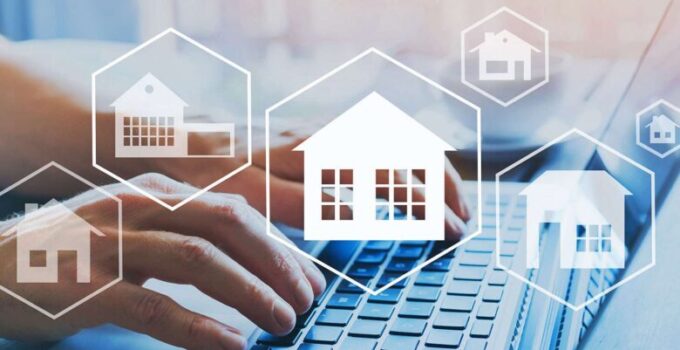Do you Know What exactly property management software is? How to develop property management software?
The real estate industry is evolving because of technological advancements. Property management software is one of the technological ease to manage properties. This type of software provides an integrated platform to help landlords and property managers.
Property management software is quite helpful for real estate professionals. In this article, we will guide you to develop your property management software.
What is Property Management Software?
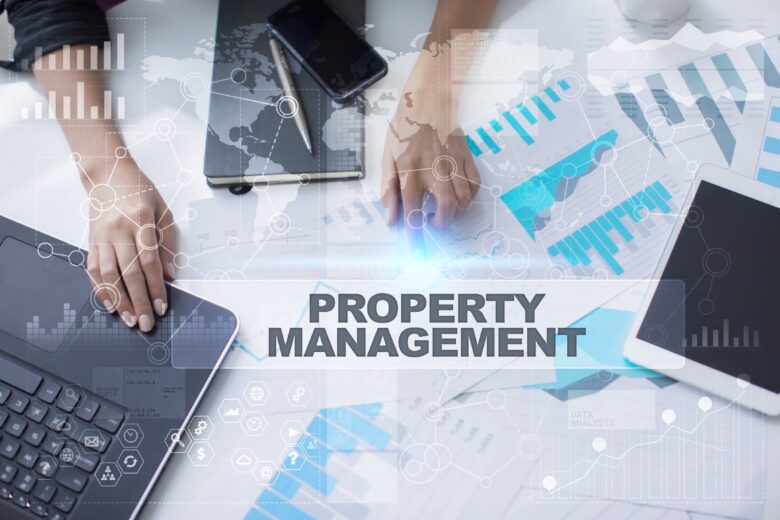
Source: homee.com
It is important to familiarize yourself with the meaning of property management software. This type of software serves as a lifeline for landlords and property managers. It provides automated, comprehensive solutions for various tasks. Such as:
- Tenant Management
- Rent Collection
- Property Maintenance
- Budgeting
- Accounting
To learn more about the wide range of features offered by property management software on Requestum.
How to Develop Property Management Software:
Following are the steps you can follow to develop your property management software.
Step 1: The Blueprint – Defining the Purpose of Your Software
What particular challenges in property management are you going to overcome? What operations are you seeking to streamline or automate? The answers to these questions will form the core features of your software.
Tailoring the Software for Different Property Types
The specific features and functionalities of your software could vary. They depend on the type of property it’s designed to manage. For example:
If you develop software with residential properties, you might need to include:
- Features for handling lease agreements
- Processing maintenance requests
But, software designed for commercial properties may need more complex functionalities. To handle intricate lease agreements or seamless integration with commercial property databases.
Step 2: Crafting an Intuitive User Interface

Source: fortissimo.io
The user interface (UI) is the pivotal point for a software application. It ensures a smooth user experience. It needs to be user-friendly and intuitive. This requires a synergy between designers and developers. User experience should remain a key focal point throughout the development process.
Incorporating Tenant and Landlord Portals
Tenant and landlord portals are critical features to incorporate into your software. These portals allow users to navigate and manage tasks that are relevant to their roles.
For instance:
Tenants should be able to:
- Lodge Maintenance Requests
- Make Rental Payments
- View Lease Agreement Details
While landlords could have features to:
- Check Property Performance
- Financial Metrics
- Tenant Management
Step 3: Building the Core – Selecting the Optimal Technology Stack
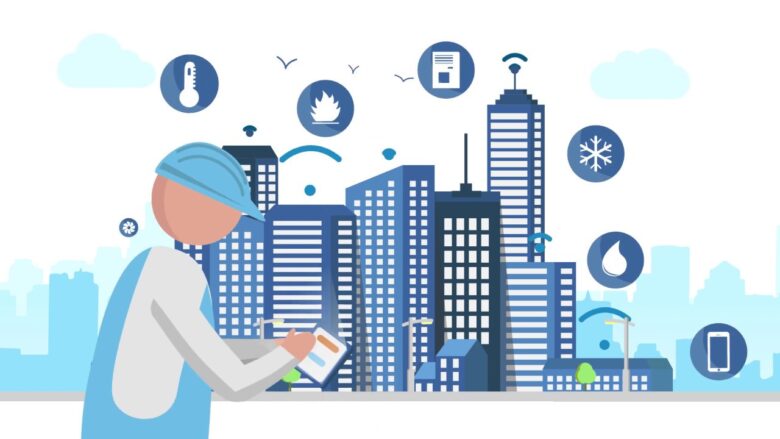
Source: planonsoftware.com
The selection of the right technology stack is crucial. It decides the performance, scalability, and efficiency of your software. Your technology stack should include:
- Appropriate Frontend And Backend Technologies
- Reliable Database Systems
- Cloud Platforms
Frontend Technologies
Frontend technologies shape the user interface. React.js, Vue.js, and Angular.js are common choices. It is important to consider your software’s specific needs while selecting the front-end technology. Each technology has its unique strengths and weaknesses.
Backend Technologies
Backend technologies manage the unseen operations of your software. Like data processing and server interactions. Python, Ruby, and Node.js are noteworthy technologies for this purpose. But the choice of backend technology depends upon the needs of your software.
Database Systems
Your choice of a database system is crucial. It is necessary for storing and managing the data your software will be handling. Robust options for this role include PostgreSQL, MySQL, and MongoDB. The selection of a database system will depend on two things.
Your data structure and the scale of data your software will manage.
Cloud Platforms
Utilizing cloud platforms can offer scalable storage and computing solutions. Cloud platforms include:
- AWS
- Google Cloud
- Microsoft Azure
It can enhance the performance of your property management software.
Step 4: Quality Assurance – Rigorous Testing of Your Software
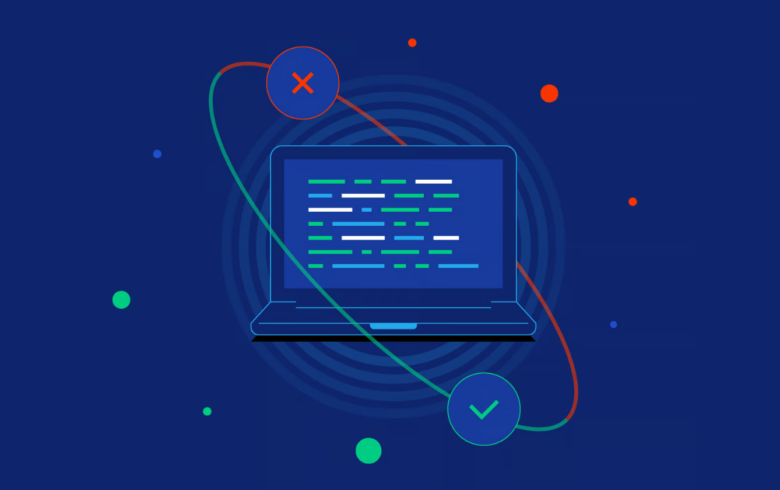
Source: toptal.com
After the development phase is complete, you need to enter the testing stage. Rigorous testing involves:
- Unit Testing
- Integration Testing
- System Testing
- Acceptance Testing
It is to ensure that your software is performing optimally. And any bugs are identified and resolved.
Step 5: Continual Improvement – Regular Maintenance and Upgrades
Just like a well-oiled machine, property management software needs regular maintenance and upgrades. It is necessary for its optimal performance. Regular software upkeep involves:
- Bug Fixes
- Performance Enhancements
- Feature Updates
And implementing changes based on user feedback and changing market demands.
Taking Inspiration from Industry Leaders
Finally, it’s always beneficial to learn from those who have tread the path before us. One shining example in the property management software arena is AppFolio Property Manager. This trusted player in the market has won the hearts of many users. Its highly acclaimed features include:
- Online Rent Payments
- Tenant Screening
- Streamlined Maintenance Request Tracking
Studying successful software in your target market can help shape your software. It can provide valuable insights into user expectations, market trends, and industry standards.
Why Developing Property Management Software is Important?
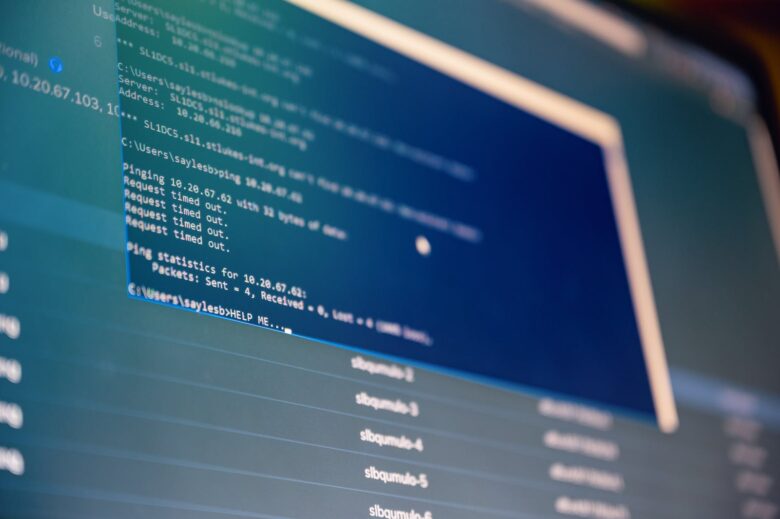
Source: pexels.com
Developing property management software is important for several reasons. Take a look below:
- it will automate manual processes, such as accounting, booking, KPI monitoring and reporting, billing, etc. As a result, you can manage the property management process efficiently.
- It will reduce the workload of property managers and free them from setting up complex integrations with third-party accounting systems
- It will provide real-time access to information, improved communication, quick property inspections, and reduced administration work
- it will streamline accounting and automate complex duties, tasks, and processes that would have required a lot of manpower and time otherwise
- It will save property managers time and reduce costs associated with manual processes. It also reduces the risk of errors or miscommunications with manual processes
- This will surely promote the growth of a property management business by taking it to the next level
Conclusion
We reached the end of this topic. Let me summarize a few things. To be honest, Developing property management software is difficult from a non-techy person’s opinion. Well, it’s not that complex.
You should hire professional software development companies to create a software solution that will bring efficiency and transparency. You need careful planning, the right tools, and an understanding of your target audience. But you can also create this type of software following this article with your expertise.
So This article is surely a gold mine for those who want to create property management software.

